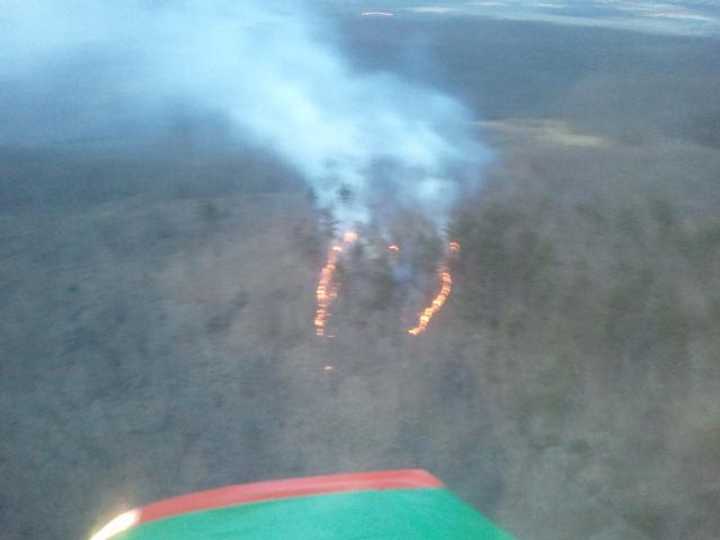During the spring, wind is the most critical factor in starting forest fires. In the traditional spring fire season, deciduous trees are bare and the warm spring sun heats up the forest fuels, such as grasses, leaves, twigs, branches and decaying material in the soil. As the days grow longer, the fuels that are most exposed dry out very fast.
Grasses, twigs and very small branches are called '1-hour fuels'. That is, they can take on atmospheric conditions within an hour. Consequently, if the area receives rain, and if the sun comes out and a breeze picks up, the fine fuels can be available for burning within an hour. Larger fuels take longer to dry out.
DEEP offers the following tips for homeowners:
- Make a fire safe zone around your house. Clean flammable vegetation and debris from at least 30 feet around the house and any outbuildings.
- Prune away the lower limbs of evergreens that are within the fire safe zone. Evergreens catch fire easily during dry periods and burn quickly.
- Remove any limbs that overhang the roof or chimney.
- Regularly remove leaves and needles from gutters.
- Don't store firewood in the fire safe zone.
- Make sure firefighters can find and access your home. Mark your house and roads clearly, and prune away limbs and trees along your driveway which don't allow fire truck access.
- Have an escape plan -- and practice it.
- Stay with outside fires until they are completely safe and extinguished.
- Dispose of wood ashes in a metal bucket, soaking them with water before dumping them.
Click here to follow Daily Voice Bridgeport and receive free news updates.
